The assembly of TRBV valve housing can be divided in few commonly used designs detailed out below. The difference is how the pieces of the valve is assembled and this affects the ways for maintenance or repair. The operation of the valves is the same in each housing type.
One Piece or Single Body Ball Valve
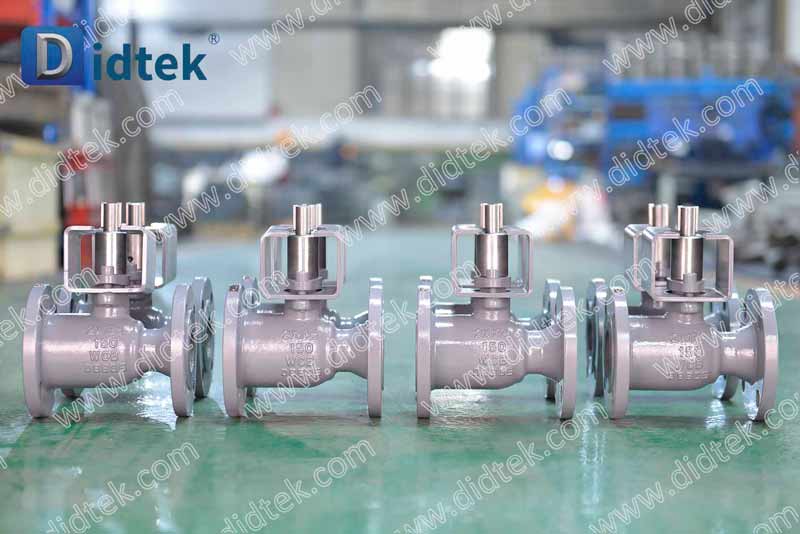
One Piece Ball Valves or Single Body Ball Valves have a solid, cast body which reduces the risk for leakage. Theses are the cheapest variant of ball valves. These valves can not be opened for cleaning or maintenance. These valves are generally used for low-demanding applications. One piece ball valves are almost always reduced bore, are relatively inexpensive and generally are throw-away.
Two Piece Ball Valve
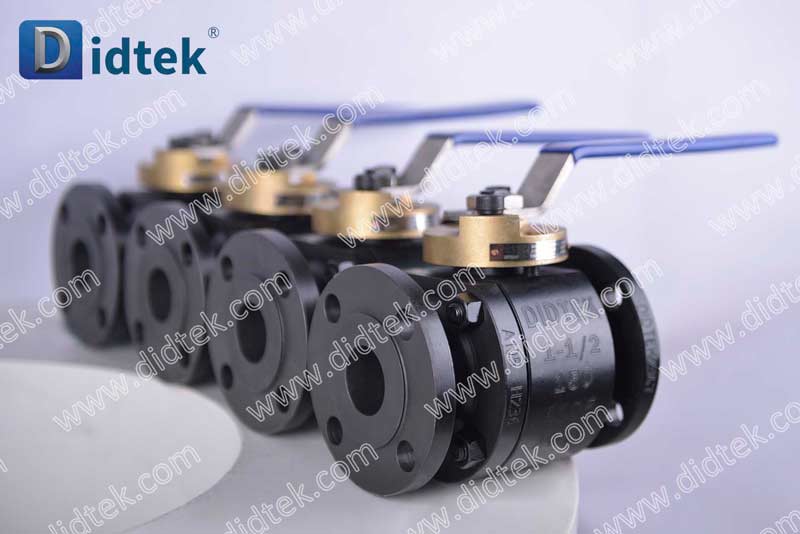
Two Piece Ball Valves consists of two pieces, one piece that has one end connection and the body and second piece that fits into the first, holds the trim in place and includes the second end connection. These can be disassembled for cleaning, servicing and inspection. The valve must be completely removed from the pipe in order to separate the two parts. Two piece ball valves are generally slightly reduced (or standard) bore and they can be either throw-away or repairable.
Three Piece Body Ball Valve
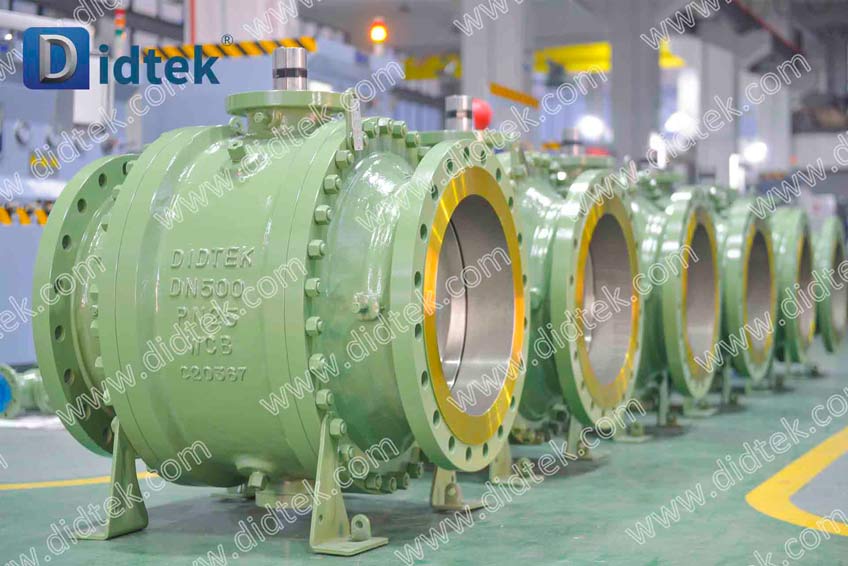
Three Piece Ball Valve consist of three pieces: two end caps and a body. All the three pieces are generally clamped together by bolt connections. The three piece design allows for the center part of the valve containing the ball, stem & seats to be easily removed from the pipeline. This facilitates efficient cleaning of deposited sediments, replacement of seats and gland packing’s, polishing out of small scratches on the ball, all this without removing the pipes from the valve body. The advantage of this embodiment is that the valve can be serviced without removing the entire valve from the pipeline . These valves are usually most expensive compared to other types.
Top Entry Ball Valve
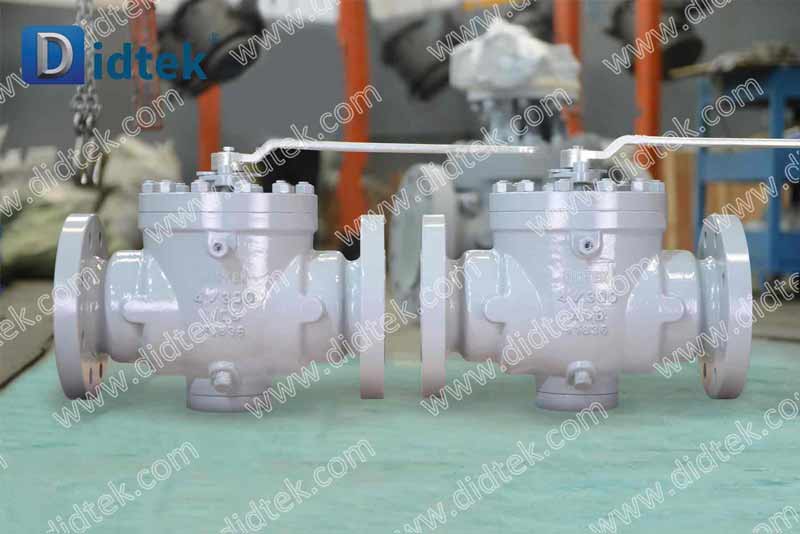
Top Entry Ball Valves are valves that assembled its ball from top side part. A top entry body allows access to the ball and seats for maintenance without the need to remove the valve and is preferred for larger sizes. It is not required to be removed valve from the pipe system. Usually top entry ball valves are made from casting metal. Since it made from casting it will need some additional NDE test to make sure that there is no defect from the casting process. The advantages of the top entry ball valves is its construction that allow minimal thread connection so that it will also minimize possible leak path.
Side Entry Ball Valves
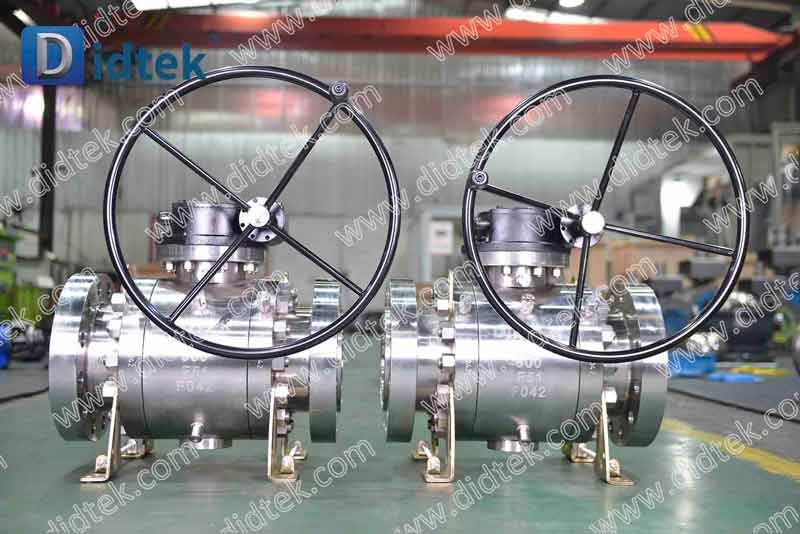
Side Entry Ball Valves are valves that assembled its ball from the side part. It usually assembled in two pieces or three pieces body. Each part of the body is assembled by a bolt/stud just like joining a two piece of flanges. Usually side entry ball valves are made from forge metal. Each piece of body are forged and then assembled together. This construction will minimize a defect that causing from a casting valves. Side entry ball valves are also easy to assemble and the trim component are also easy to align. Another advantage of the side entry type is its fast delivery time from almost all vendors rather than a casting product that still needs some additional test.
Welded Body Ball Valves
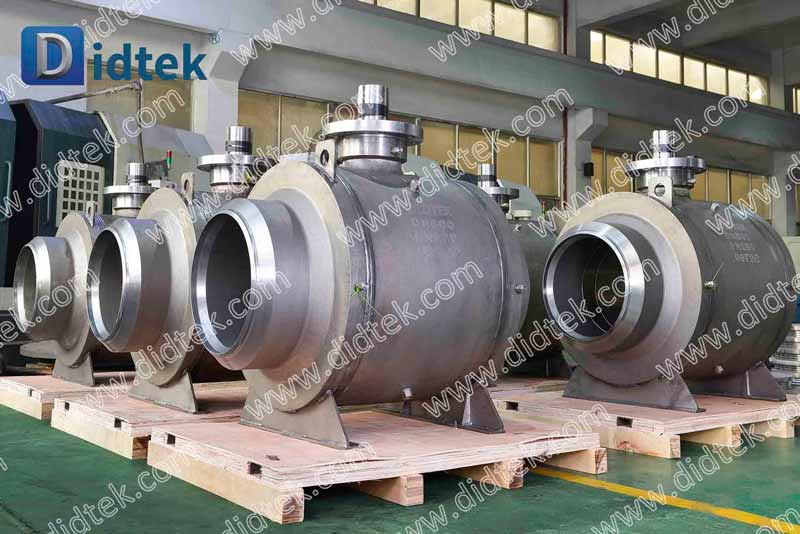
Welded Body Ball Valves are valves that are assembled in completely welded construction so that there are no leak paths through bolt connection etc. It’s not possible to do maintenance for the valve in the field. This welded body ball valves usually used at underground or buried application where maintenance is not expected such as gas transmission, subsea application etc. All welding processes for the body has to be suited to the materials of construction and are to be qualified and performed according to relevant standards.. Non-destructive tests (NDTS) are also to be performed on the circumferential weld joints of the body.





